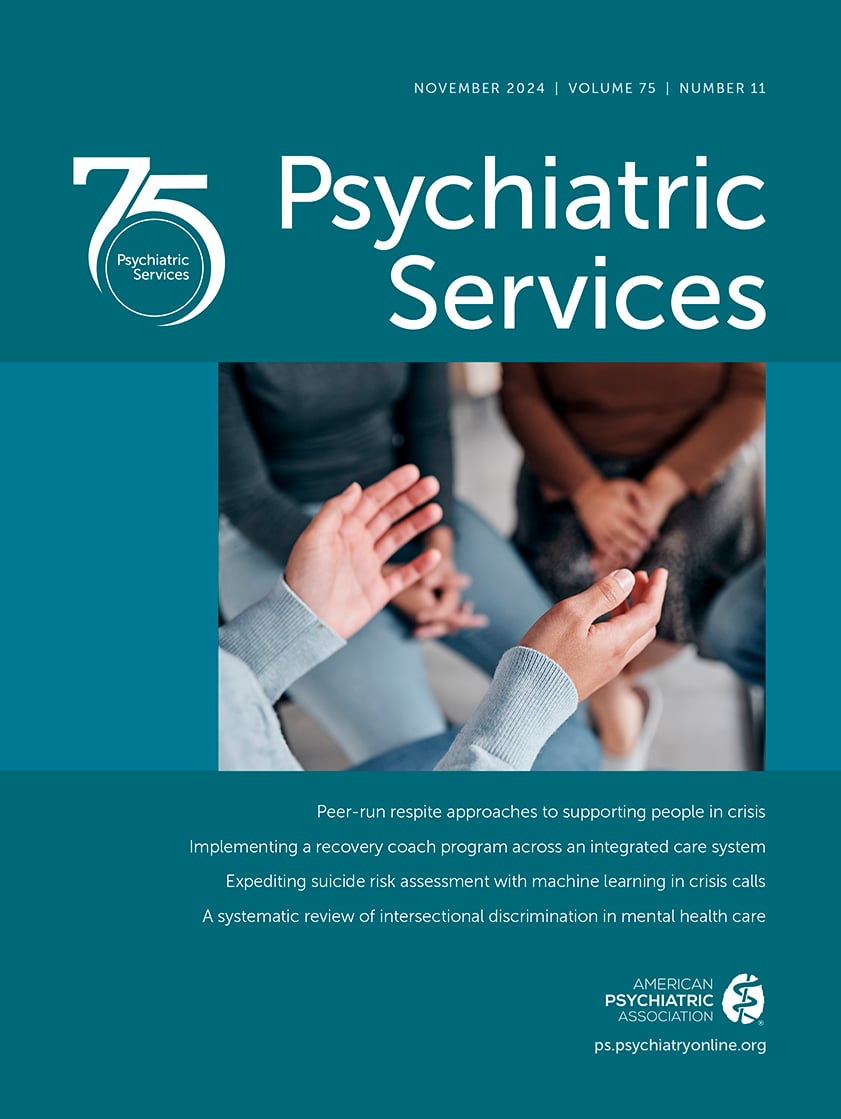A tangible first step in approaching behavioral health crises is to minimize law enforcement involvement. Such involvement implicitly criminalizes mental health care, furthers stigma, and dissuades patients from engaging in the behavioral health system. In addition to instantly criminalizing people in need, law enforcement involvement is time consuming and expensive and frequently escalates the situation.
For many people in a behavioral health crisis, transport by law enforcement is deeply traumatic and coercive. For others in crisis, law enforcement transport has become the default means of secure transportation. A recent study found that alternative means of transportation are widely permitted by law. Moreover, increasingly risk-averse health facilities choose involuntary transport—even when not required—because they consider it the safest method of transport. Indeed, patients who would otherwise agree to a voluntary method of transportation are often placed under involuntary commitment to ensure secure transport. Not considered is the cost in patient dignity and increased distrust of the behavioral health system.
Law enforcement spends considerable time with such crises, including involuntary civil commitment custody and transport, which are burdensome tasks for which law enforcement is often ill trained. A 2017 report by the Treatment Advocacy Center found that an average of 10% of law enforcement agencies’ total budgets was spent responding to and transporting persons with mental illness under involuntary commitment, and 21% of total law enforcement staff time was used to respond to and transport individuals with mental illness. With the exception of crisis intervention teams, police and law enforcement receive scant training in working with persons with mental illness, and because of racial discrimination, stigma, poverty, and lack of insurance coverage, persons of color are disproportionately involved in law enforcement custody and transport. Typically, persons taken into custody under involuntary commitment are handcuffed or restrained while in transit. Persons of all ages—especially persons of color, children, and elderly people—may find these custody and transportation procedures disrespectful and harmful.
Many interactions between law enforcement and persons with mental illness result in traumatization, injury, arrest, incarceration, and death. People with serious mental illness are over 11 times more likely than others to experience use of force and over 10 times more likely to be injured in law enforcement interactions. Racial biases and prejudices exacerbate these outcomes; Black people are already disproportionately more likely than White people to experience force at the hands of law enforcement. Reducing law enforcement encounters during nonviolent behavioral health crises is an important step toward reducing potentially tragic law enforcement interactions.
A study in this month’s issue (
1) demonstrates the benefits of an alternative to law enforcement crisis transport by a specially designed psychiatric ambulance service. After implementation of this service, most patients in crisis were transported by psychiatric ambulance (82%), and rides in police vehicles were rare (1%). The authors report that the psychiatric ambulance reduced use of coercive measures during transport, and they saw no increase in patient aggression. Among individuals transported in psychiatric ambulances, hospitalization was more often voluntary and was associated with fewer involuntary hospital admissions.
Persons with behavioral health conditions and their advocates welcome the opportunity to reorient crisis response programs toward more humane, respectful, and person-centered approaches. Advocates must press state and local officials to implement non–law enforcement modes of safe transportation and emphasize that most people in crisis are not dangerous. Barriers to reform of crisis responses include the need to develop alternative financing and implementation of non–law enforcement crisis response approaches, currently borne by law enforcement budgets. Recognition that people in crisis are not inherently dangerous and can be approached like others having medical emergencies is the first step toward working together to find humane and respectful means of transportation.

